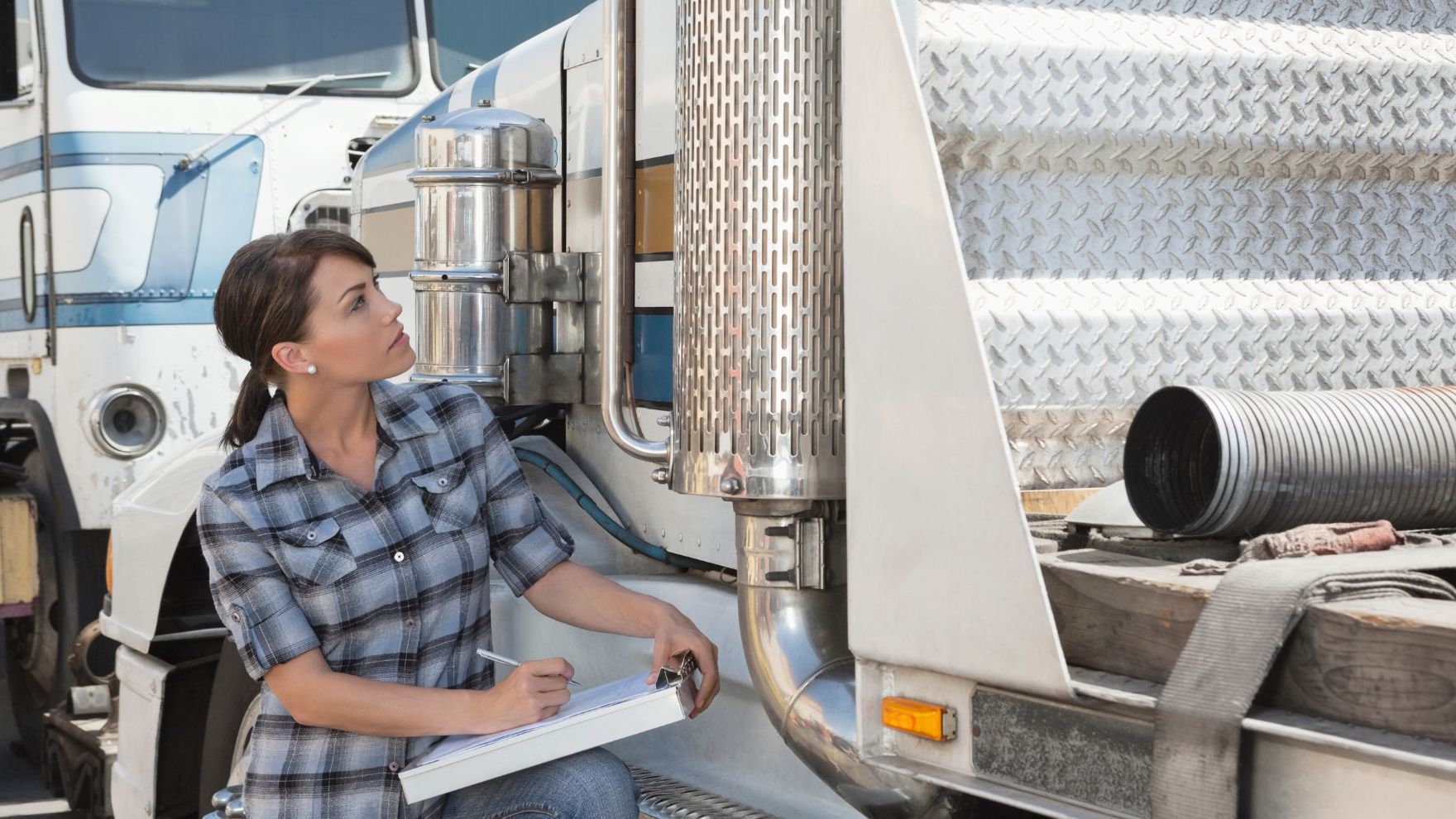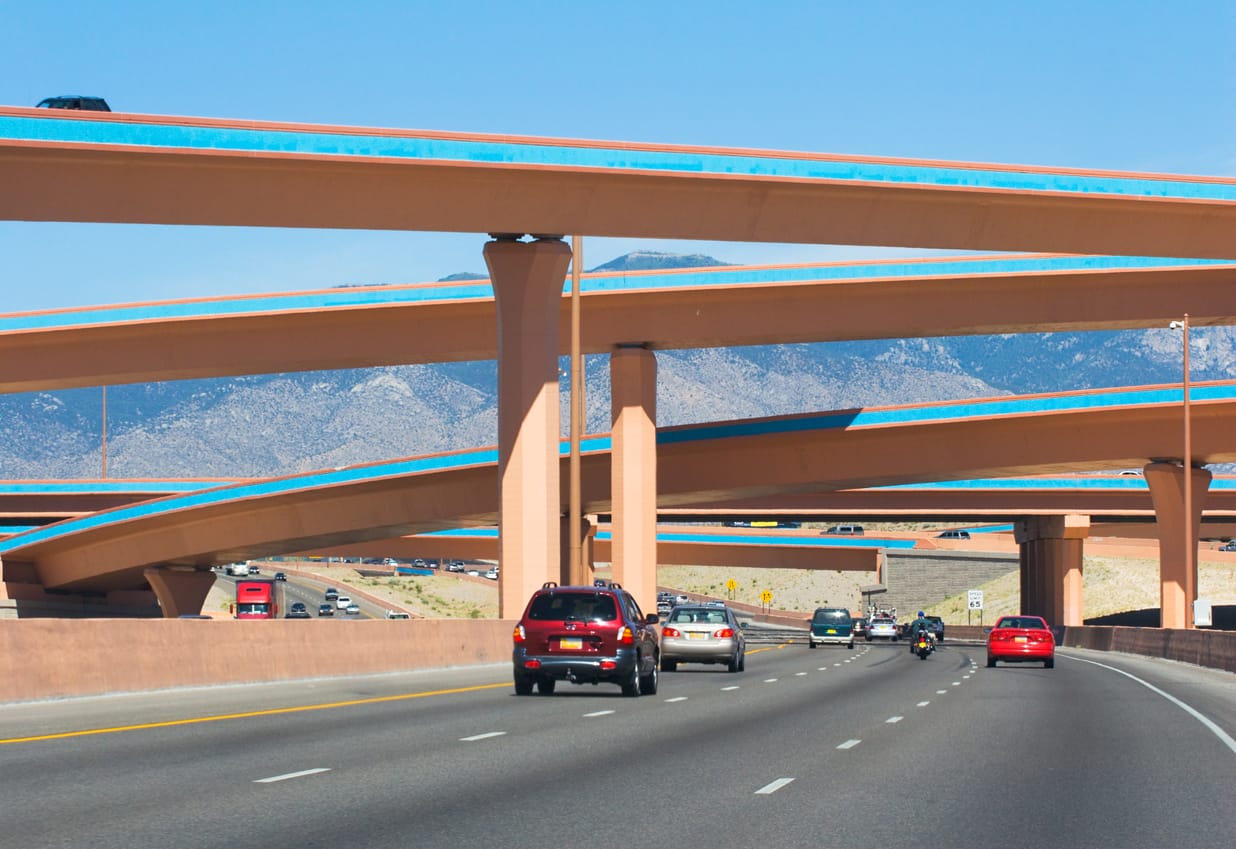If you have been around major roads, then there is a high chance you might have seen a flatbed trailer. Flatbeds are so common because they have so many benefits when compared to other means of shipping. In this article, we will discuss these benefits and give you tips on when to use a flatbed carrier. But first, let’s start by explaining flatbed car shipping.

Flatbed car shipping, as the name implies, is the process of using a flatbed carrier to ship vehicles, equipment, or materials. There are different types of flatbed trailers, like step deck trailers and removable goosenecks, but they all have a flat surface on their backs onto which the vehicle to be transported is loaded and then secured using tie-down straps.
There are many benefits that come with shipping a vehicle with a flatbed carrier, some of which are noted below:
- High versatility: Flatbeds can ship a variety of loads, ranging from vehicles like SUVs and sedans to oversized equipment like cranes and RVs. The high versatility of flatbed carriers makes them your go-to shipping option for most vehicles.
- Easier loading and unloading: Flatbeds do not have walls or ceilings that could interfere with the process of loading or unloading vehicles. Even inoperable vehicles or oversized equipment that cannot be driven to the carrier can simply be loaded from the side using a forklift or other loading machinery.
- Heavy-duty capability: Flatbeds are built with durable materials and are designed to withstand stress from transporting heavy loads. This allows them to transport multiple cars at once or oversized and heavy vehicles like construction equipment or school buses.
- Elevated Transporting: Flatbeds also elevate the transported vehicle to a position farther away from the road, which makes the vehicle less prone to damage from road debris and particles. Advanced shock-absorbing systems also protect vehicles from damage due to shocks and jolts from the road.
- Cost-effective: Flatbed car shipping is cheaper when compared to other means of transporting vehicles since it is capable of transporting multiple cars at once and the cost of shipping is shared by the collective owners of the vehicles being shipped.

Flatbeds can ship a variety of vehicles with different sizes and requirements, but the most common use cases are for transporting oversized and overweight vehicles. Vehicles that are within the legal weight and height limits of 48,000 pounds and 13.5 feet, respectively, are too large and heavy to be shipped in standard enclosed carriers; hence, flatbeds are used.
Flatbed trailers are also useful for shipping non-running vehicles that cannot be operated. The major challenge lies in loading and unloading, and the lack of walls or a ceiling on flatbeds makes inoperable vehicles easier to load, especially with the right equipment.
Flatbeds can be used to ship a variety of vehicles of different sizes and requirements. Here are some of the best cases for using flatbed trailers.
Flatbed carriers meet the requirements for shipping most vehicles, and with added benefits like versatility and cost efficiency, they are no doubt a reliable means of transport. At Ship A Car, Inc., there is a large fleet of carriers, including flatbeds and enclosed carriers that are used to ship thousands of vehicles all over the country. Call (866) 821-4555 to provide your details and requirements, and you can rest assured that our experts will help you make the right choice for shipping your vehicle.

Although flatbeds can be used to ship different types of vehicles, they are lacking in terms of protecting exotic and high-value vehicles when compared to enclosed carriers, which protect transported vehicles from weather elements and factors. Their large size also makes it difficult to access certain locations, like residential areas, small bridges or tunnels, and tight roads.
Flatbed car shipping is less stressful and time-consuming when compared to manual shipping. It is also much safer and more protective, as the vehicle is not in direct contact with the road. Flatbed car shipping is also more cost-effective, as you won’t need to factor in the cost of refilling the gas, feeding, or accommodation.




